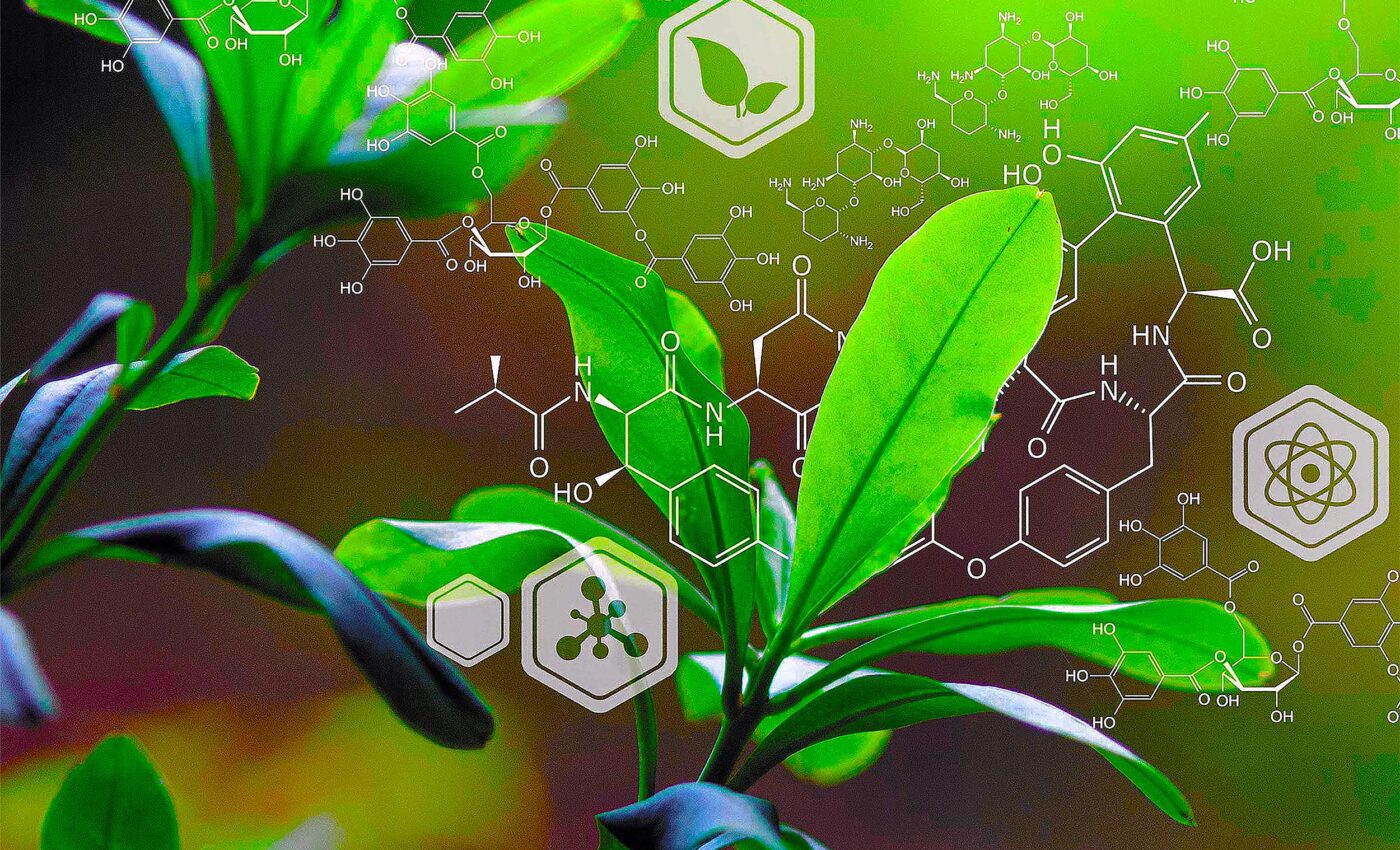
Plants communicating with each other caught on video for the first time ever
A team of Japanese researchers has made a groundbreaking discovery in the field of plant communication, capturing real-time footage of plants transmitting defense responses to their neighbors.
This significant achievement, led by molecular biologist Masatsugu Toyota from Saitama University, was published in the journal Nature Communications.
Volatile organic compounds
The study’s breakthrough lies in observing undamaged plants responding to volatile organic compounds (VOCs) emitted by other plants experiencing mechanical damage or insect attacks.
The research involved Yuri Aratani, a Ph.D. student, and Takuya Uemura, a postdoctoral researcher, as key team members.
“Plants perceive volatile organic compounds (VOCs) released by mechanically- or herbivore-damaged neighboring plants and induce various defense responses. Such interplant communication protects plants from environmental threats,” the authors explained.
Studying plant communication
The experimental setup included an air pump connected to a container of leaves and caterpillars and another chamber housing Arabidopsis thaliana, a common weed from the mustard family.
The Arabidopsis plants were genetically engineered to fluoresce green upon detecting calcium ions, which act as stress messengers.
Using a fluorescence microscope, the team could monitor the signals released by the undamaged plants after they received VOCs from the damaged leaves.
Airborne warning messages
This study builds on initial observations of plant communication documented in 1983, which sparked significant discussion within the scientific community.
“We have finally unveiled the intricate story of when, where, and how plants respond to airborne ‘warning messages’ from their threatened neighbors,” Toyota said.
He emphasized the crucial role of this unseen communication network in alerting neighboring plants to imminent threats in a timely manner.
In summary, Toyota’s research shines a spotlight on the complex and subtle interactions within the plant kingdom, while broadening our understanding of ecological relationships and plant defense mechanisms.
More about plant communication
As discussed above, the world of plant communication is a realm where chemical signals, light messaging, electrical impulses, and networked roots create a complex language that is crucial for plant survival and interaction.
Let’s now explore, in greater detail, the intricate ways plants communicate — a fascinating aspect of botany that challenges our traditional understanding of plant life.
Chemical language of plants
At the heart of plant communication lies the use of chemical signals. As discussed previously in this article, plants release a variety of volatile organic compounds (VOCs) into the air.
VOCs serve as messages to neighboring plants. They can convey information about environmental conditions, such as drought or pest attacks.
For example, when a plant is attacked by herbivores, it emits specific VOCs that can be detected by nearby plants.
These neighboring plants, upon receiving the signal, may then bolster their own chemical defenses in anticipation of a similar attack.
Alarm signals and defensive responses
One of the most fascinating aspects of plant communication is the transmission of alarm signals.
When a plant suffers physical damage, it releases VOCs that signal distress.
This not only alerts neighboring plants to potential dangers but also attracts natural predators of the pests harming the plant.
In essence, plants can call for help, recruiting allies in their fight for survival.
Plant communication through electrical signals
Plants also communicate through electrical signals, a method reminiscent of the nervous system in animals.
When a plant is stressed or damaged, it generates electrical impulses that travel throughout its structure.
These signals can prompt physiological changes in the plant, such as closing stomata to prevent water loss during drought conditions.
Wood wide web: Underground plant communication networks
Beneath the soil, plants engage in a complex form of communication through their roots and associated fungal networks, often termed the “Wood Wide Web.”
This network is primarily formed by mycorrhizal fungi, which connect the roots of different plants. Through these connections, plants can share nutrients, water, and information.
For instance, a plant experiencing nutrient deficiency can receive supplies from a neighboring plant through this underground network.
This symbiotic relationship not only facilitates communication but also fosters a supportive plant community.
Role of plant communication in ecosystems
Understanding plant communication is crucial for appreciating the dynamics of ecosystems.
It helps explain how plant communities respond to environmental challenges and how they can be resilient in the face of disturbances like pests or climate change.
This knowledge is invaluable for agriculture, forestry, and conservation efforts, as it can guide practices that support healthy plant communication and, by extension, ecosystem health.
Understanding the secret language of the green world
In summary, plant communication is a testament to the complexity and interconnectedness of life on Earth.
By emitting chemical signals, generating electrical impulses, and forming underground networks, plants engage in a form of dialogue that is as intricate as it is essential for their survival.
As we continue to explore and understand this hidden language, we gain not only scientific insights but also a deeper appreciation for the remarkable world of plants.
This quiet symphony of silent whispers, echoing through leaves and roots, serves as a reminder of the sophisticated life processes that occur all around us, often unnoticed.
Video Credit: Masatsugu Toyota/ Saitama University
Like what you read? Subscribe to our newsletter for engaging articles, exclusive content, and the latest updates.
—–
Check us out on EarthSnap, a free app brought to you by Eric Ralls and Earth.com.
—–













